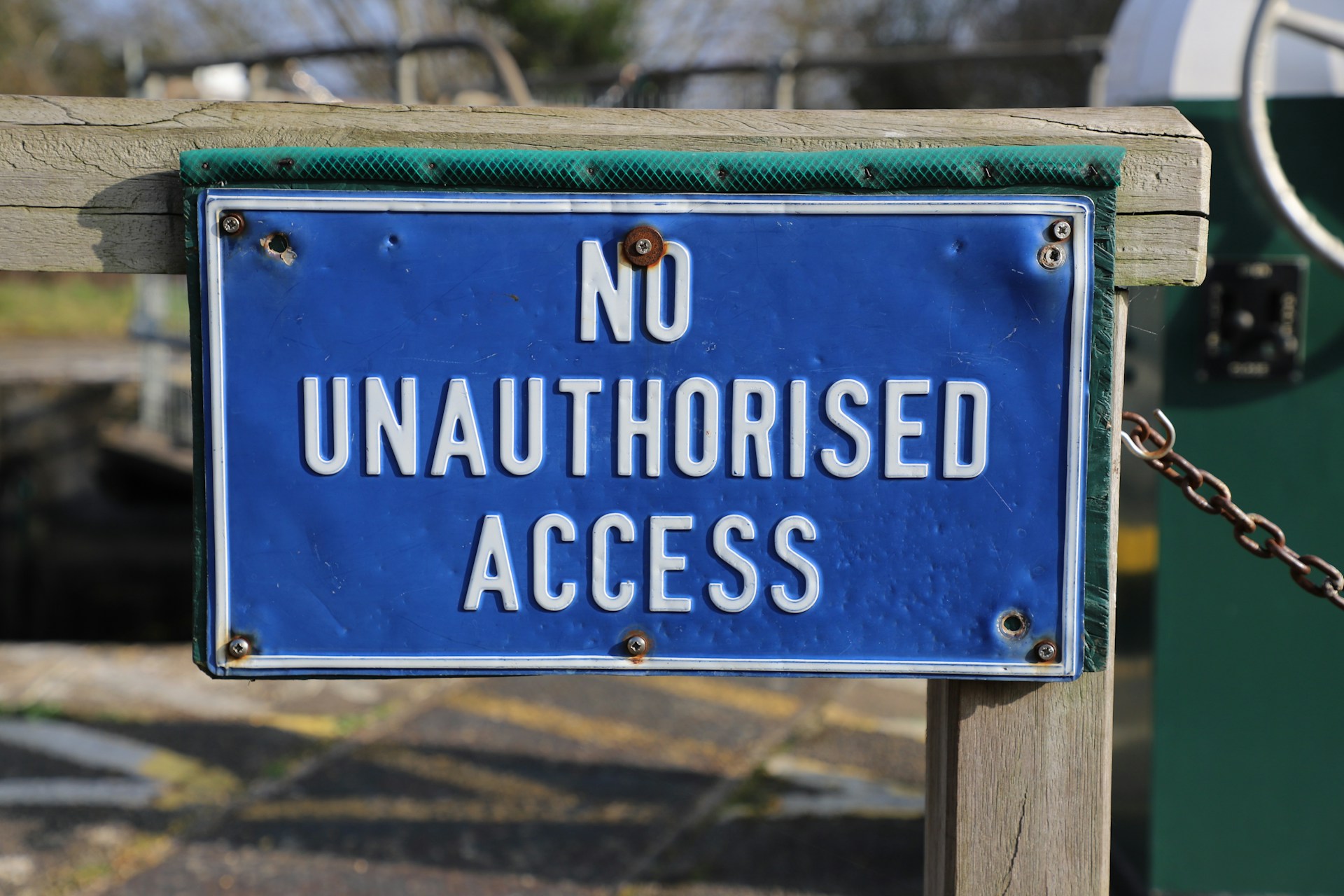
Cybersecurity Compliance in 2025: What Businesses Can Expect
December 31, 2024 - Emily Newton
Revolutionized is reader-supported. When you buy through links on our site, we may earn an affiliate commission. Learn more here.
Cybersecurity is no longer merely a good idea for businesses. In many cases, it’s a matter of staying within legal regulations, regardless of how much of a target an organization may feel they are. Just like cybercrime itself, cybersecurity compliance is a continually changing field, too, so IT leaders must stay up to date with ongoing changes.
An Overview of Cybersecurity Compliance Today
Today, cybersecurity compliance is a growing but fractured landscape. Data privacy and security regulations are becoming increasingly common, but who they apply to and what they require vary widely.
At least 156 nations have enacted cybersecurity laws, accounting for 80% of all UN-recognized countries. However, the scope of such legislation is much broader in some jurisdictions than others. The EU’s General Data Protection Regulation (GDPR), for example, applies to all businesses with data on European citizens, while other nations’ laws apply only to certain industries.
The U.S. falls into this latter category. While the Internet of Things (IoT) cyber labeling program and HIPAA Security Rule are national standards, they’re either optional or industry-specific. Several states have their own comprehensive data privacy laws, but there’s no such national requirement.
Consequently, cybersecurity compliance in 2024 looks different for every organization. However, it’s still something all must consider, especially as the field evolves in the coming year.
What Will Cybersecurity Compliance Look Like in 2025?
2024 was a landmark year for the security sector, so 2025 will undoubtedly entail several significant changes in the cybersecurity compliance space. Here are five of the biggest trends.
More Local Regulations
The U.S. will likely not enact a comprehensive federal security law in 2025. However, state and local governments are liable to increase such regulatory activity.
Throughout 2024, seven states passed data privacy laws that had none previously. This legislation also varied between regions more widely than in past years. Consequently, businesses can expect regulations in 2025 to be even more location-specific.
As more states and cities enact cybersecurity regulations, they lay the groundwork for others to do the same, even if the specifics vary. Organizations can respond by paying greater attention to emerging laws in their region. Researching other jurisdictions where they do business for potential regulatory differences will likewise be important.
AI and Blockchain Play a Bigger Role
As in many sectors, artificial intelligence (AI) will also play a more prominent role in cybersecurity compliance in 2025. AI is a powerful tool for both security pros and cybercriminals, so legislation will likely address its risks and rewards.
At least 45 states introduced AI laws in 2024. While not all of these are cybersecurity-related, many require steps to ensure AI model security or foster the development of AI for additional protection in government agencies. This trend will continue over the next few years, paving the way for AI usage in cybersecurity while restricting this technology’s use in other areas.
Blockchain will also see rising attention. Laws regarding the ethical use of blockchain are few and far between right now, but this technology, alongside AI-driven automation, could streamline compliance workflows and security audits.
Infrastructure Cybersecurity Becomes a Larger Concern
Security regulations in 2025 will be particularly prevalent in critical infrastructure sectors. Even in countries lacking comprehensive cybersecurity laws — namely, the U.S. — energy, water and some manufacturing industries could see new nationwide requirements.
Cyberterrorists have already targeted such infrastructure in recent years. The FBI reports ransomware attacks have hit 14 of 16 critical sectors, with these organizations accounting for half of all ransomware complaints. Amid this trend, stricter standards are certain to emerge.
What this means for businesses is that companies in these industries must increase their cybersecurity investments. New laws could require additional protections or require regular audits to prove a company’s compliance with such standards.
Higher Demand for Zero Trust
As for specific requirements, zero-trust architecture could be a key part of cybersecurity compliance moving forward. A 2022 executive order has already required federal agencies to implement zero-trust security by the end of fiscal year 2024, and similar regulations could extend that to private companies.
Even if 2025’s legal landscape does not explicitly require a zero-trust approach, embracing one may be key to complying with general standards. Third-party threats and insider breaches have become increasingly prominent over the past few years. As a result, regulations may adapt to address them, and zero trust is among the most effective mitigation strategies for these risks.
Many organizations are ahead in this trend. Zero trust is a popular way to minimize supply chain vulnerabilities and protect against breached insider accounts, but it could become a matter of compliance before long.
Quantum Computing Threats Gain Attention
A fifth key security compliance trend to watch in 2025 is a growing concern around quantum computing-related threats. Currently, these risks are merely theoretical, but cybersecurity leaders have raised alarms over the potential damage they could cause as technology has progressed.
The biggest concern is that quantum computers could break through conventional encryption standards in minimal time. While cybercriminals are unlikely to have the infrastructure necessary to host their own quantum devices, quantum-as-a-service could provide a way around that restriction.
The National Institute of Standards and Technology has already approved four quantum-resistant encryption algorithms, and more could emerge in the future. Changing regulations may require the use of such cryptography to combat the rising quantum threat.
Next Steps for Businesses
Amid the shifting cybersecurity compliance landscape, businesses have several important steps ahead of them. First, any company in any industry and location should start to take security regulations seriously. Even if none apply to the organization now, they may in the future. It’s a good time to familiarize yourself with rules in similar sectors.
Considering that the regulatory environment in 2025 will still be fractured, many companies will fall under multiple laws with varying standards. The key here is to focus on the strictest regulation to ensure the utmost level of security. Businesses not currently under any requirements can do the same to prepare for future standards.
Automation can help in some areas. Automated compliance checklists are not foolproof, but they can streamline the documentation and audit process to make it easier to adjust to changing regulations.
The Cybersecurity Compliance Landscape Is Evolving
Cybersecurity compliance is a challenging but essential undertaking. Knowing what to expect from such laws in the near future is the first step, so business leaders should stay abreast of emerging trends in this sector. Adapting before the law does will make it easier to stay safe and in good legal standing.
Revolutionized is reader-supported. When you buy through links on our site, we may earn an affiliate commission. Learn more here.
Author
Emily Newton
Emily Newton is a technology and industrial journalist and the Editor in Chief of Revolutionized. She manages the sites publishing schedule, SEO optimization and content strategy. Emily enjoys writing and researching articles about how technology is changing every industry. When she isn't working, Emily enjoys playing video games or curling up with a good book.







